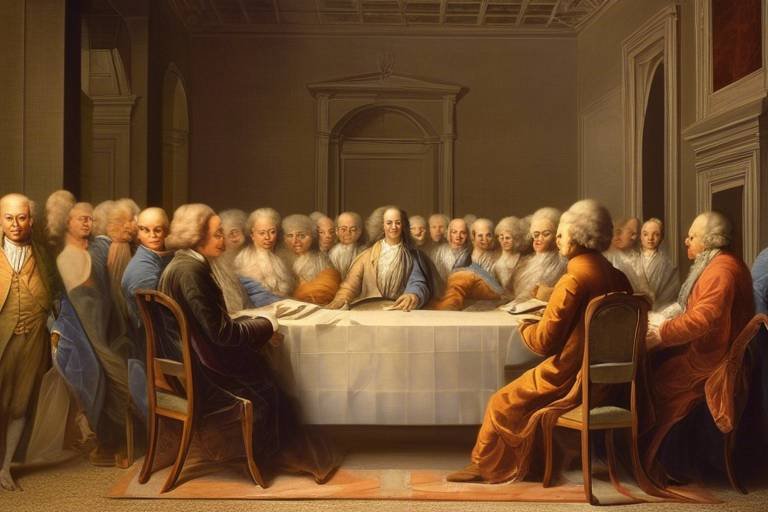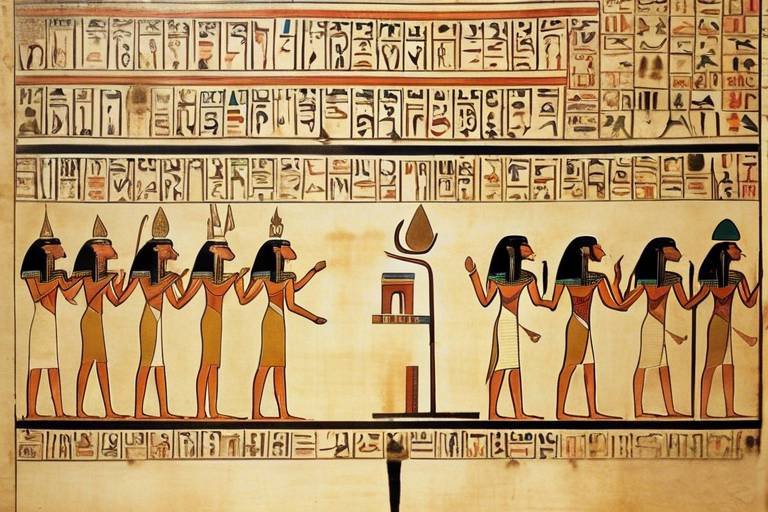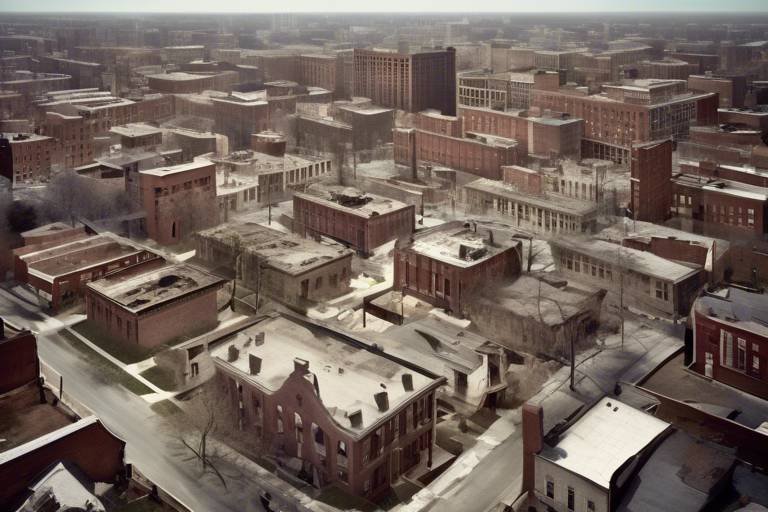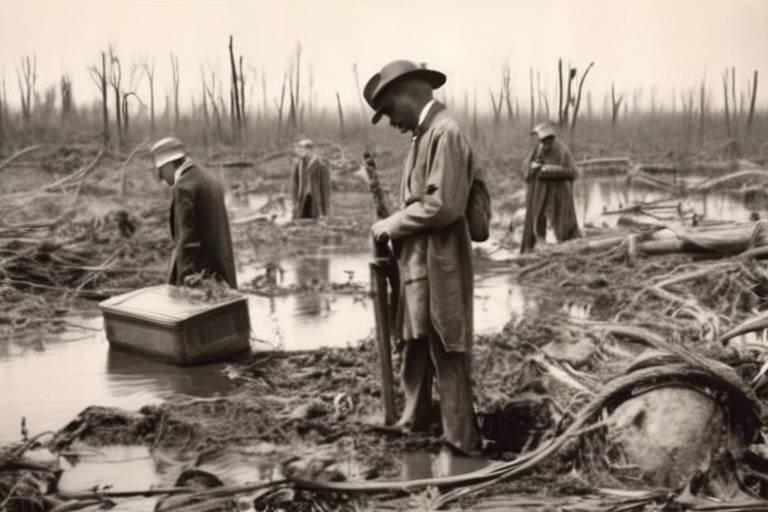The Legacy of the Inca Civilization on Modern Peru
Peru, a land rich in history and culture, bears the indelible mark of the ancient Inca civilization that once thrived in the Andes mountains. The legacy of the Incas continues to shape modern Peru in profound ways, influencing everything from architecture to cuisine, from spiritual beliefs to artistic expression. The enduring impact of the Inca civilization is a testament to their ingenuity and cultural richness, attracting visitors from far and wide to explore the wonders of this remarkable heritage.
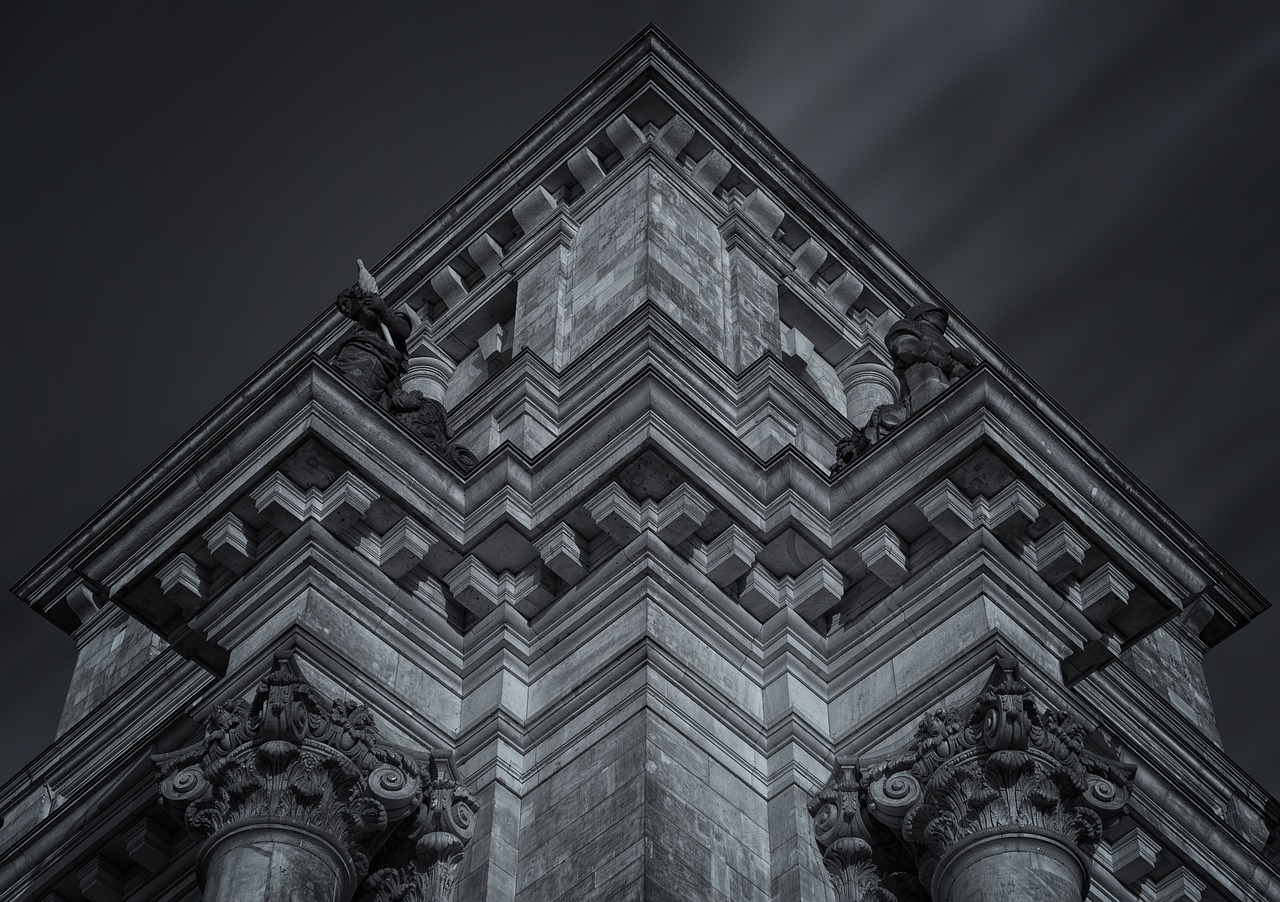
Inca Architecture in Peru
Exploring how the ancient Inca civilization continues to influence the culture, architecture, and traditions of modern-day Peru, shaping its identity and attracting tourists from around the world.
The architectural marvels left behind by the Inca civilization in Peru stand as enduring testaments to their ingenuity and advanced building techniques. Structures like Machu Picchu and Sacsayhuaman showcase the precision and engineering prowess of the Incas, with intricate stone masonry that has withstood the test of time. These sites not only serve as tourist attractions but also as reminders of a civilization that mastered the art of construction in harmony with nature.
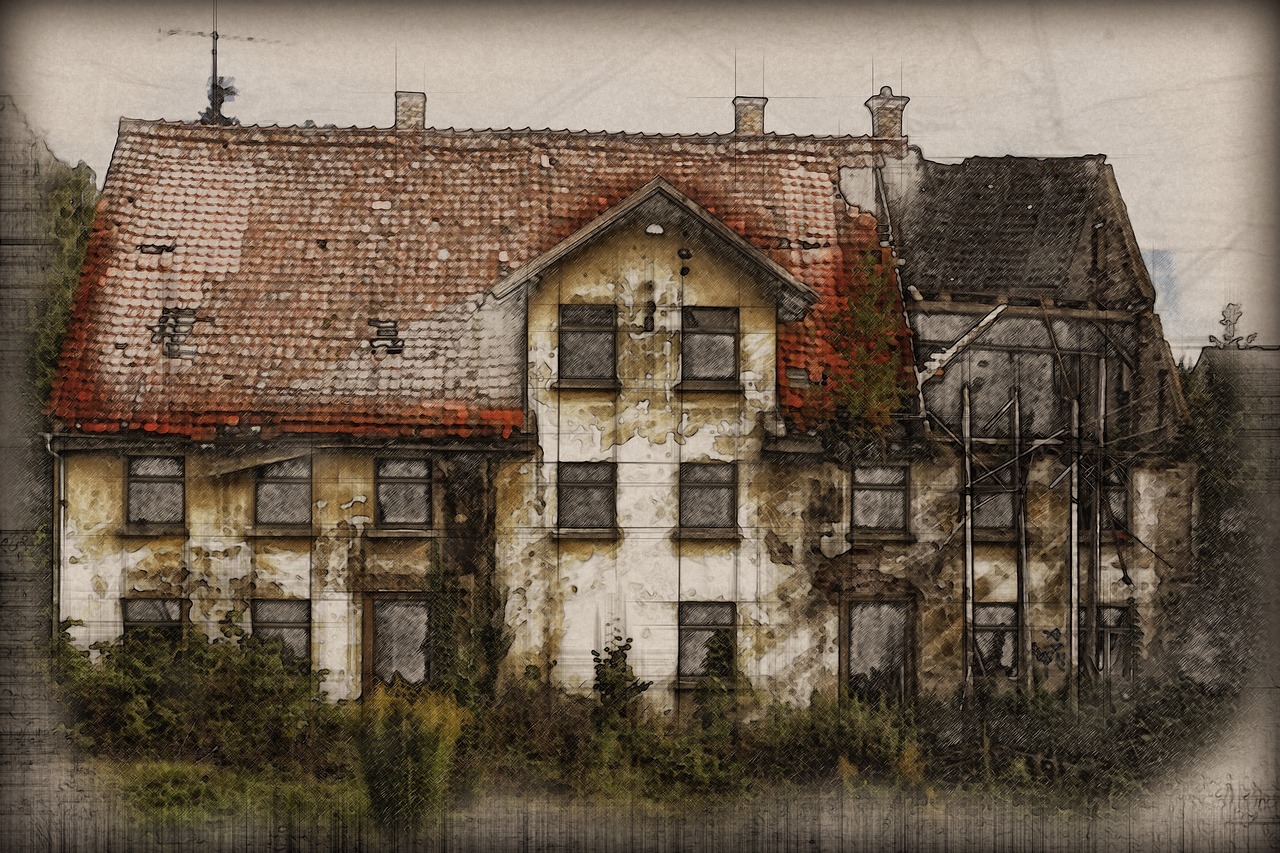
Inca Cultural Traditions
When delving into the rich tapestry of modern-day Peruvian culture, one cannot ignore the profound influence of the ancient Inca civilization. The cultural traditions passed down through generations from the Incas continue to shape the identity of Peru, creating a unique blend of history and contemporary life.
The Quechua language, spoken by the descendants of the Inca, is a living testament to the enduring cultural legacy of this ancient civilization. Despite centuries of change, the Quechua language remains a vital part of Peruvian identity, connecting the present to the past in a seamless thread of linguistic heritage.
Traditional clothing worn by the Inca descendants is not merely a fashion choice but a symbolic representation of their cultural roots. The vibrant colors, intricate patterns, and unique styles of Peruvian attire reflect a deep connection to the land, history, and customs of the Inca civilization.
Moreover, the agricultural methods practiced by modern Peruvians have their roots in the innovative techniques developed by the Inca. From terrace farming to irrigation systems, the sustainable farming practices of the ancient Incas have been preserved and adapted to meet the needs of contemporary agriculture.
Religious beliefs and rituals play a significant role in the cultural traditions of the Inca descendants. The reverence for nature, sacred sites, and spiritual practices passed down from the Inca civilization continue to shape the spiritual landscape of modern Peru, infusing daily life with a sense of sacred connection to the natural world.
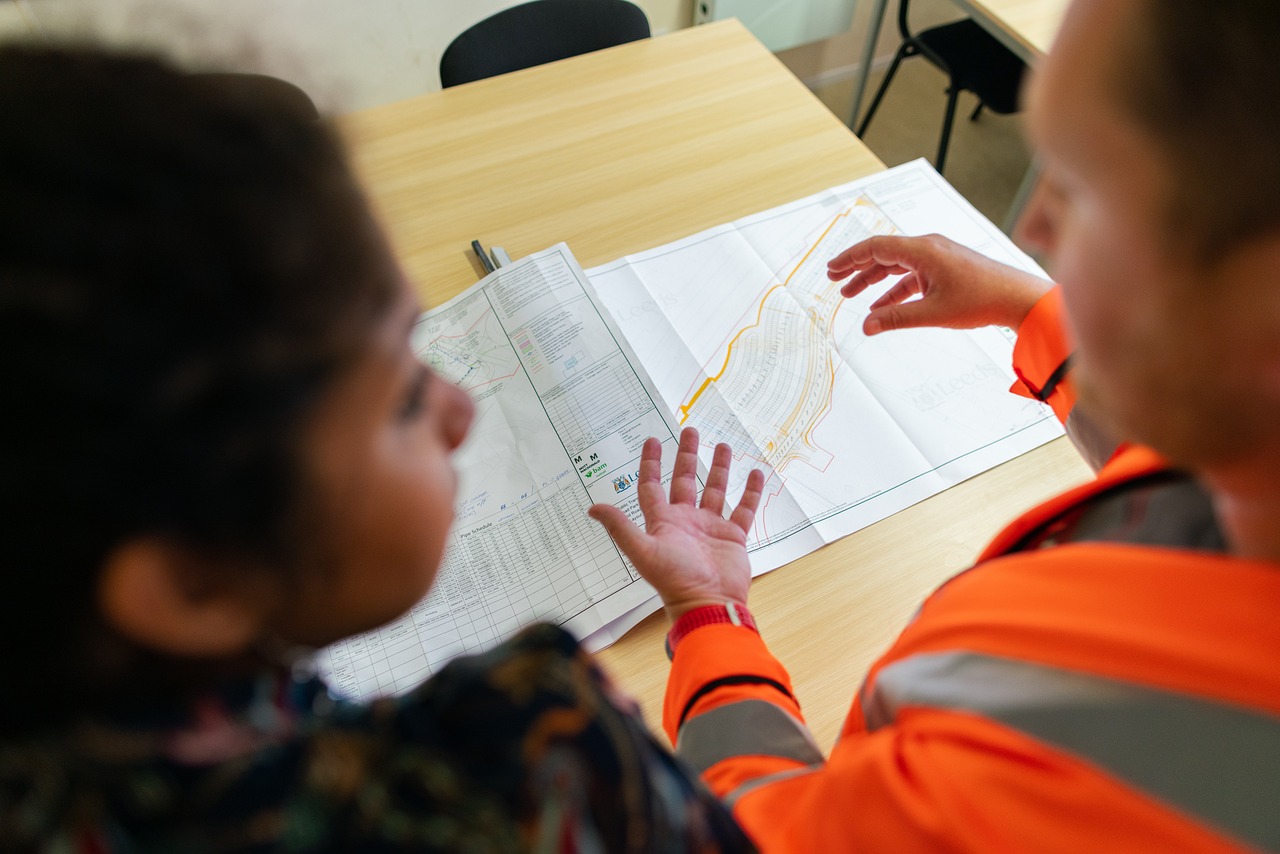
Inca Influence on Peruvian Cuisine
Peruvian cuisine is a vibrant tapestry woven with threads of history, tradition, and innovation, with a significant portion of its flavors owing their existence to the ancient Inca civilization. The Inca's agricultural prowess introduced staple ingredients that have become synonymous with Peruvian dishes, elevating the country's culinary landscape to new heights.
One of the most notable contributions of the Inca to Peruvian cuisine is the cultivation of quinoa, a nutrient-rich grain that has gained global popularity for its health benefits and versatility in various dishes. Quinoa's presence in modern Peruvian cuisine reflects the Inca's deep connection to the land and their emphasis on sustainable farming practices.
Potatoes, another cornerstone of Inca agriculture, have evolved into a diverse array of varieties in Peru, each lending its unique flavor and texture to traditional dishes. From creamy potato stews to crispy fried potatoes, the versatility of this tuber mirrors the Inca's ingenuity in harnessing the resources of their environment.
Corn, or "maiz" in Quechua, holds a sacred place in Inca culture and continues to be a fundamental ingredient in Peruvian cuisine. Whether enjoyed as a snack in the form of roasted corn kernels or as a key component in dishes like ceviche or tamales, corn's presence on the Peruvian table is a testament to the Inca's agricultural legacy.
The fusion of Inca ingredients with Spanish, African, and Asian influences has given rise to a diverse culinary landscape in Peru, where traditional flavors blend harmoniously with contemporary techniques. This culinary melting pot showcases the enduring impact of the Inca civilization on Peruvian gastronomy, inviting both locals and visitors to savor the rich tapestry of flavors that define the country's culinary identity.
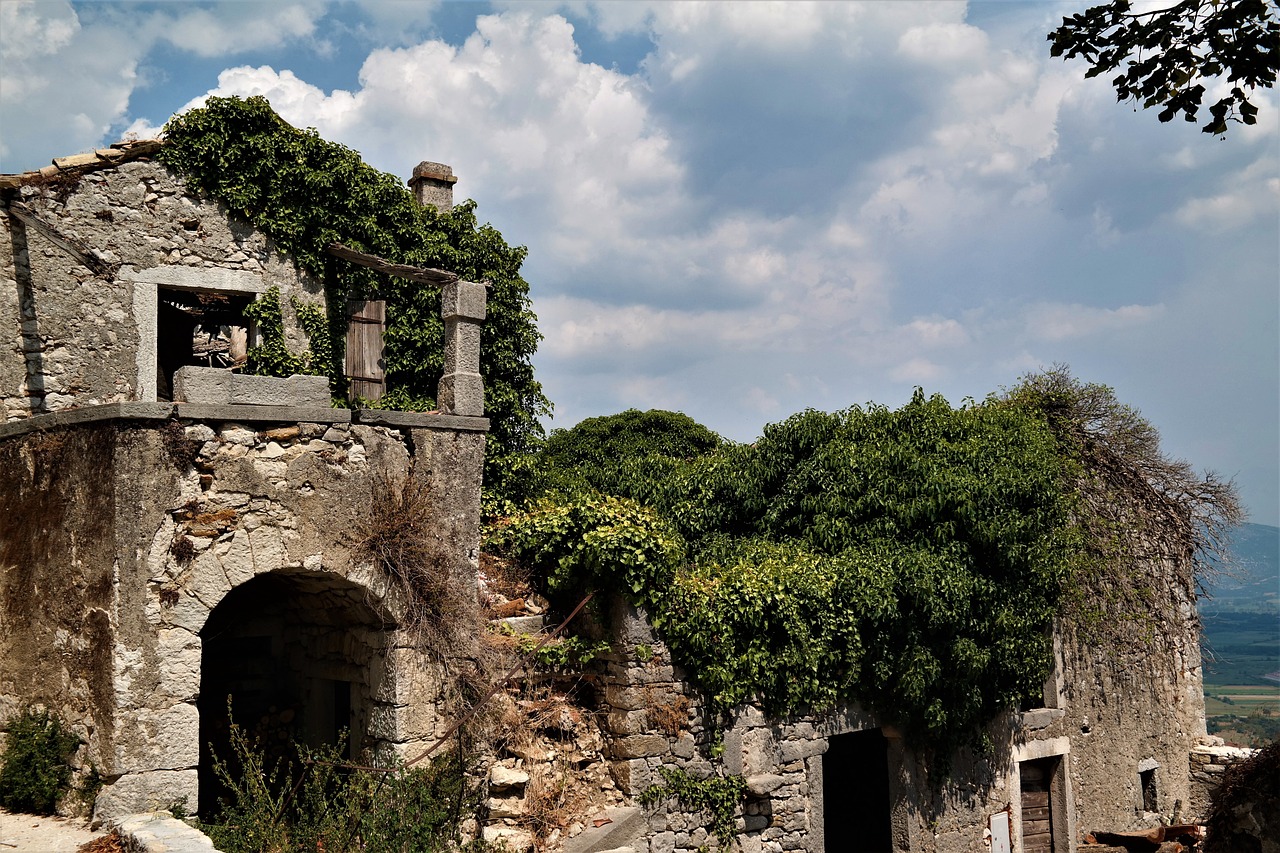
Inca Heritage Sites Preservation
Preserving the invaluable heritage sites left behind by the ancient Inca civilization is a paramount task in modern-day Peru. These sites, such as the iconic Machu Picchu and the majestic Ollantaytambo, not only serve as historical landmarks but also as windows into the rich cultural tapestry of the past. Efforts to safeguard these sites involve a delicate balance between allowing access for tourism and ensuring their long-term conservation.
Conservation initiatives often include meticulous restoration work to prevent further deterioration of the structures while maintaining their authenticity. This process requires expertise in archaeology, engineering, and environmental science to protect the integrity of these ancient wonders. Additionally, educating visitors about the significance of these sites plays a crucial role in fostering respect and appreciation for the cultural heritage they represent.
Strict regulations and guidelines are put in place to manage the impact of tourism on these fragile sites. Visitor numbers may be limited, and specific routes or areas within the sites may be restricted to minimize wear and tear. Sustainable tourism practices are encouraged to ensure that future generations can continue to marvel at these architectural marvels.
Collaboration between government agencies, local communities, and international organizations is essential in the preservation efforts. By engaging various stakeholders, a unified approach can be adopted to address challenges such as illegal excavations, looting, and environmental threats. Community involvement also plays a vital role in ensuring the protection of these sites as they are often intertwined with local traditions and livelihoods.
Ultimately, the preservation of Inca heritage sites is not just about conserving physical structures but also about safeguarding the cultural legacy they represent. These sites are living testaments to the ingenuity and craftsmanship of the Inca people, and their preservation ensures that their stories continue to inspire and captivate visitors from around the world.
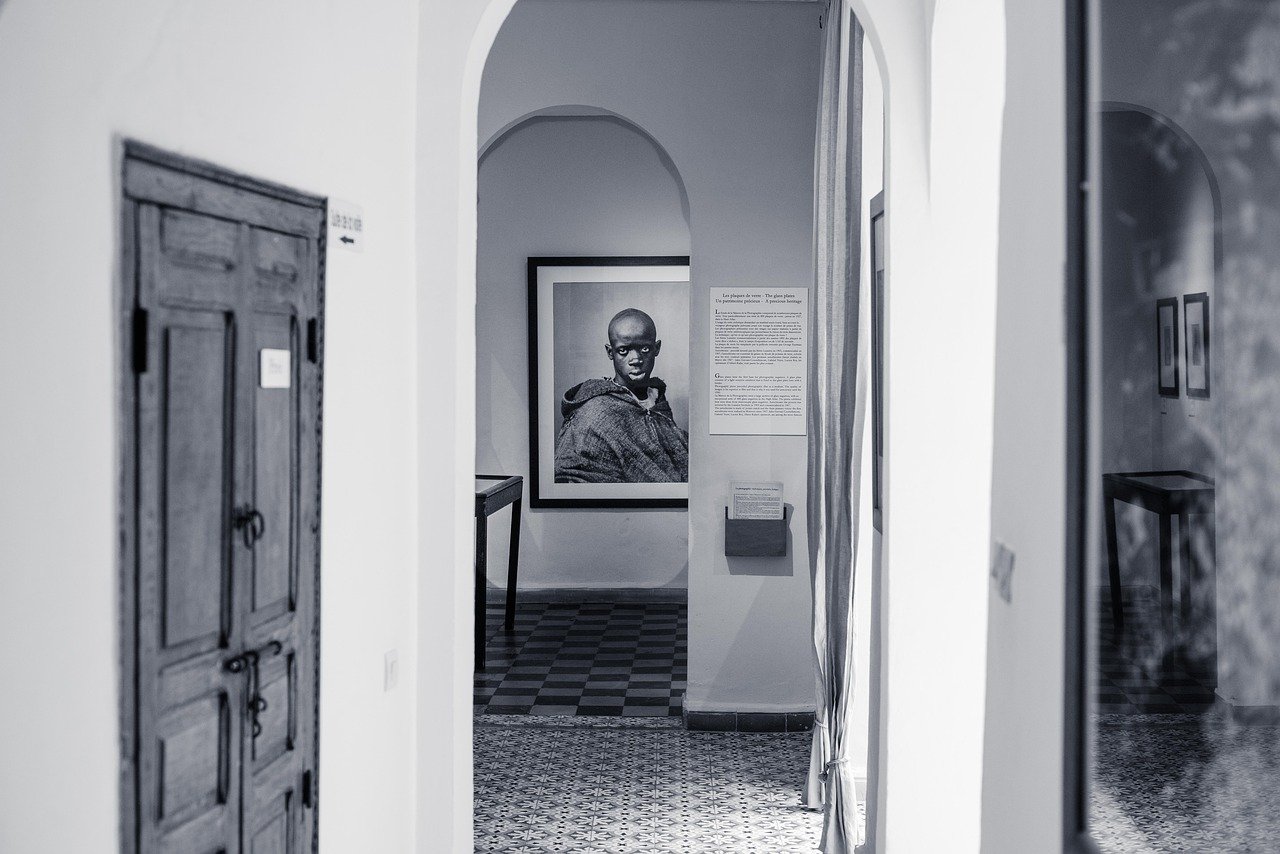
Inca Influence on Peruvian Arts
Peruvian arts have been deeply influenced by the rich traditions and artistic expressions of the ancient Inca civilization. The intricate weaving patterns, vibrant pottery designs, and rhythmic music of the Incas have left a lasting impact on modern Peruvian artists, shaping the country's cultural landscape.
Traditional Inca art forms, such as textiles woven with intricate geometric patterns and colorful motifs, are still celebrated and practiced in Peru today. The skill and craftsmanship involved in creating these textiles reflect the artistry and attention to detail that characterized Inca craftsmanship.
Pottery, another prominent art form of the Incas, continues to inspire contemporary Peruvian ceramic artists. The use of symbolic motifs and intricate designs in Inca pottery reflects the spiritual beliefs and cultural significance attached to these objects, influencing modern interpretations of Peruvian ceramics.
Music played a vital role in Inca society, with instruments like panpipes, drums, and flutes used in ceremonial rituals and celebrations. The rhythmic beats and melodic tunes of traditional Inca music have influenced modern Peruvian musicians, blending ancient melodies with contemporary sounds.
The fusion of Inca artistic traditions with modern influences has created a dynamic and diverse art scene in Peru. Contemporary artists draw inspiration from Inca aesthetics, incorporating elements of traditional art forms into their work to create a unique and vibrant cultural expression that reflects the country's rich heritage.
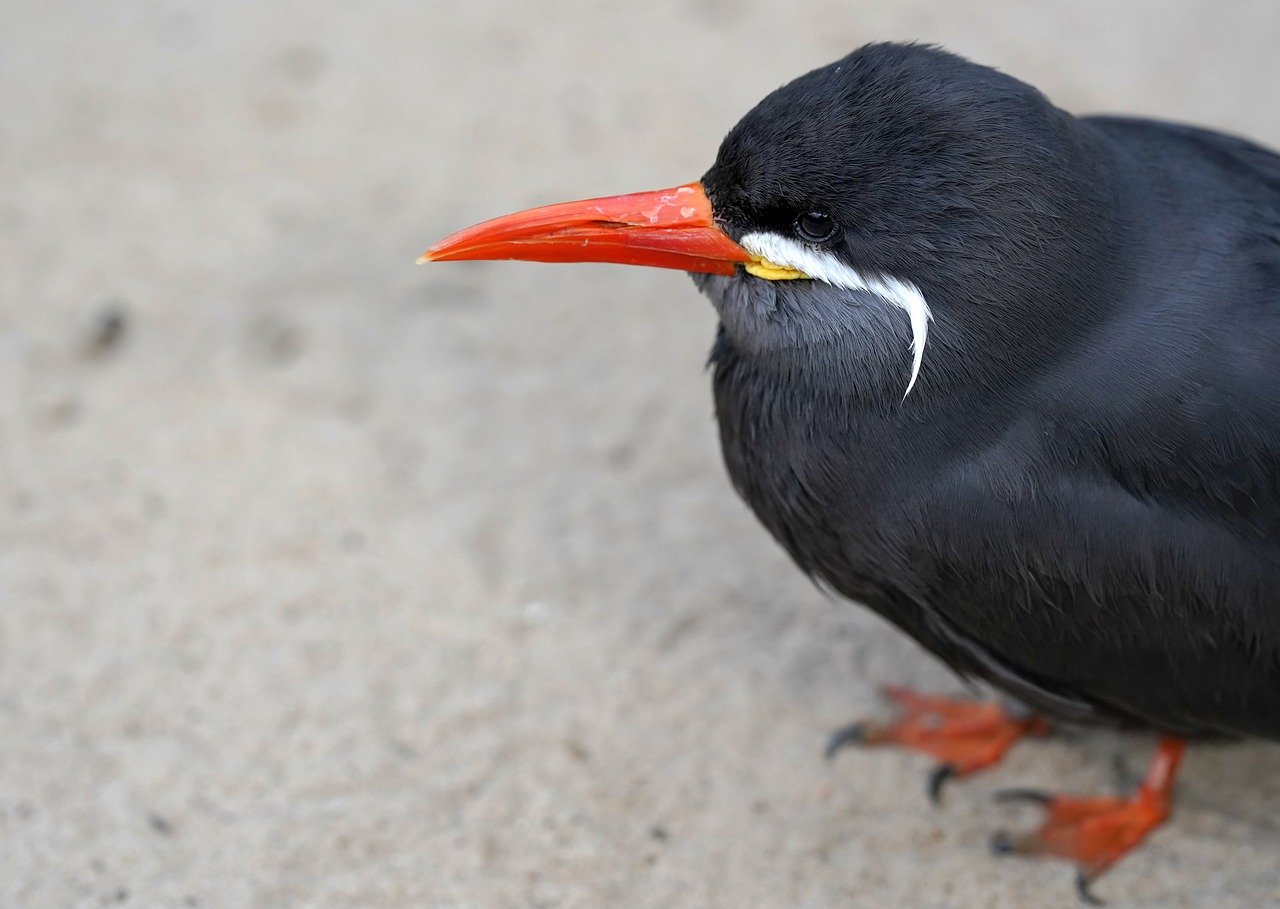
Inca Spiritual Beliefs and Practices
The spiritual beliefs and practices of the Inca civilization have left a profound impact on modern-day Peru, shaping the spiritual connection that Peruvians have with the natural world. The Inca people revered nature and considered it sacred, believing that mountains, rivers, and other natural elements possessed spiritual significance. This reverence for nature continues to influence the spiritual beliefs of modern Peruvians, who maintain a deep connection to the land and its elements.
One of the central aspects of Inca spiritual beliefs was the worship of various deities associated with nature, such as Inti, the sun god, and Pachamama, the earth goddess. These deities were believed to govern different aspects of life and were honored through rituals and ceremonies. Today, many Peruvians still incorporate elements of Inca spiritual practices into their daily lives, paying homage to these ancient deities through offerings and ceremonies.
The Inca civilization also placed great importance on sacred sites, such as Machu Picchu and Sacsayhuaman, which were believed to be portals to the spiritual realm. These sites were used for religious ceremonies and rituals, connecting the physical world with the spiritual world. Even today, these sacred sites hold significance for modern Peruvians, who continue to visit them for spiritual purposes and cultural celebrations.
Furthermore, the Inca practice of honoring ancestors and the spirits of the natural world is still prevalent in modern Peruvian society. Many Peruvians maintain a strong belief in the presence of spirits and ancestral guidance, seeking to maintain harmony and balance with the spiritual realm. This deep-rooted spiritual connection is reflected in various cultural practices and traditions that have been passed down through generations.
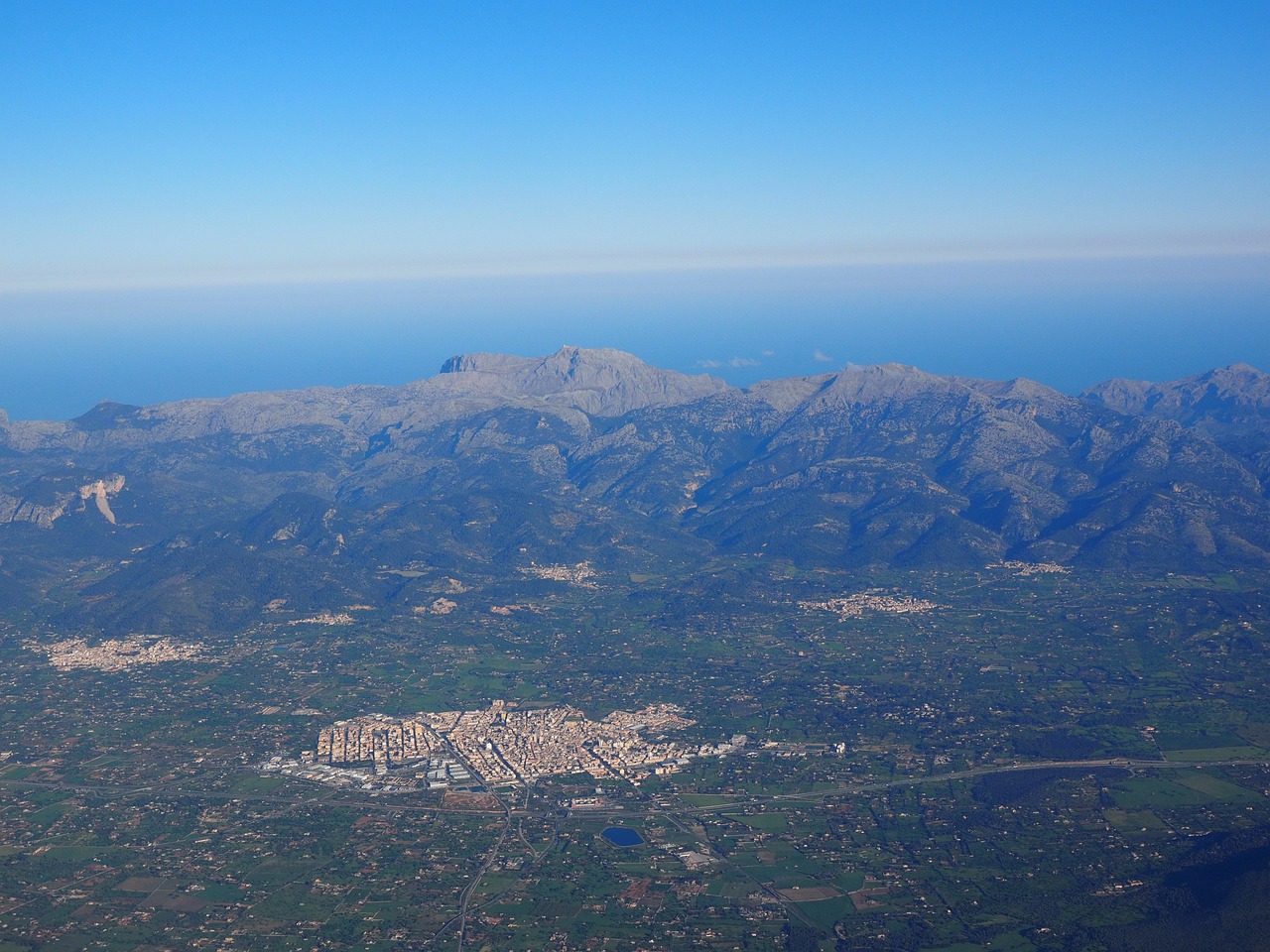
Inca Legacy in Peruvian Festivals
Peruvian festivals are vibrant celebrations that blend ancient Inca traditions with contemporary cultural expressions, showcasing the enduring legacy of the Inca civilization in modern-day Peru. These festivals serve as a colorful tapestry woven with threads of history, spirituality, and community, providing a glimpse into the rich cultural heritage of the country. The Inca influence is palpable in the elaborate ceremonies, traditional dances, and intricate costumes worn during these festivities, creating a unique experience for both locals and visitors alike.
One of the most prominent festivals that reflects the Inca legacy is Inti Raymi, also known as the Festival of the Sun, which pays homage to the Inca sun god, Inti. This grand celebration takes place in Cusco, the former capital of the Inca Empire, and features a reenactment of ancient rituals, including offerings to the sun and colorful processions through the streets. Inti Raymi symbolizes the deep connection between the Inca people and the natural world, emphasizing the importance of agriculture and the changing of seasons.
During these festivals, traditional music and dance play a central role in honoring the Inca ancestors and connecting with the spiritual realm. The rhythmic beats of drums, the melodic tunes of panpipes, and the graceful movements of dancers clad in vibrant attire create a mesmerizing spectacle that captivates audiences and transports them back in time. Through these artistic expressions, the Inca heritage is kept alive and passed down through generations, fostering a sense of pride and belonging among the Peruvian people.
Furthermore, Inca-inspired rituals and symbols are interwoven into modern festival practices, blending ancient customs with contemporary interpretations. From the symbolic use of coca leaves for blessings to the construction of elaborate altars adorned with colorful flowers, each element carries a deep spiritual significance rooted in Inca beliefs. These traditions not only serve as a link to the past but also as a source of inspiration for creative innovation, showcasing the dynamic evolution of Peruvian culture.
As Peruvian festivals continue to evolve and adapt to changing times, the Inca legacy remains a guiding force that shapes the essence of these celebrations. Whether it's the mesmerizing spectacle of the Inti Raymi or the joyful exuberance of the Carnaval de Cajamarca, each festival reflects the enduring spirit of the Inca civilization, celebrating its contributions to the cultural tapestry of Peru.
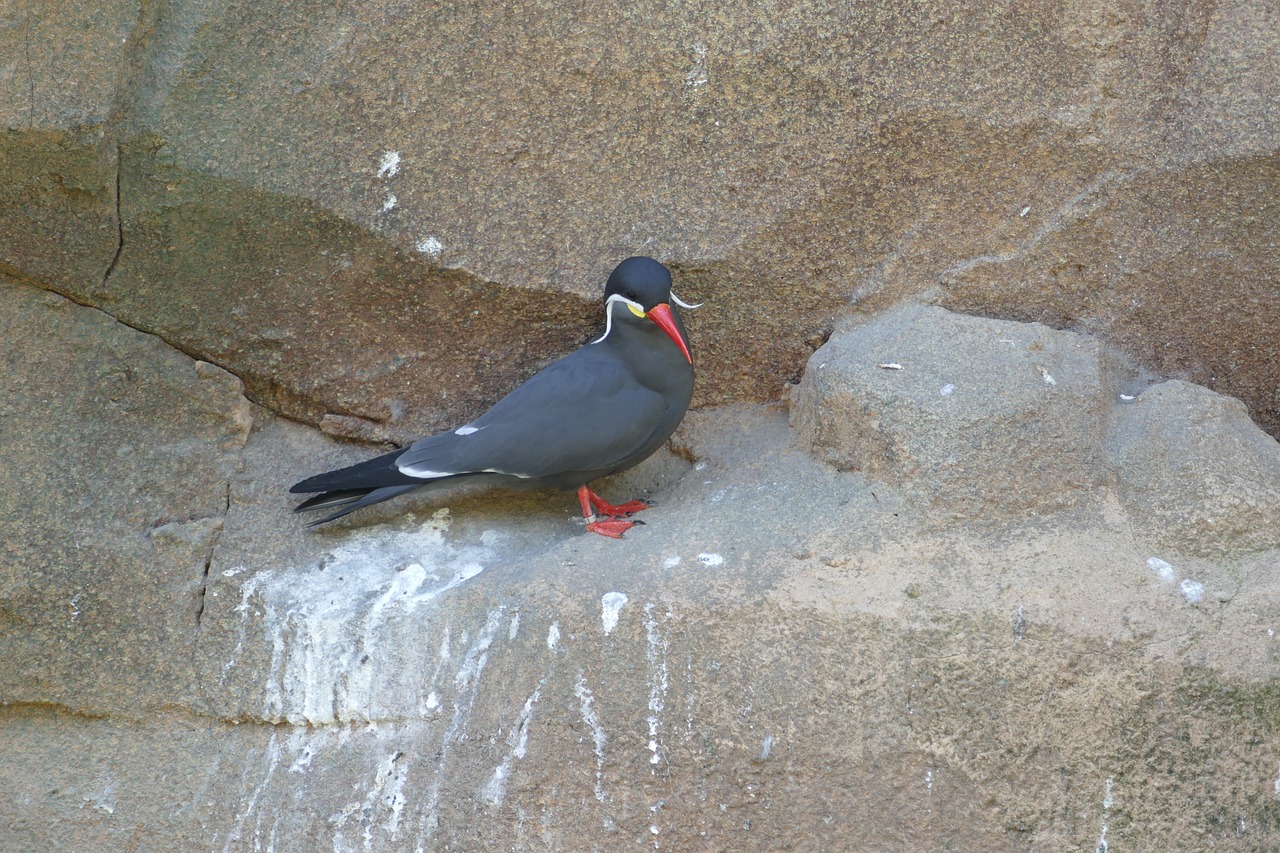
Inca Impact on Tourism in Peru
When it comes to tourism in Peru, the legacy of the Inca civilization plays a significant role in attracting visitors from all corners of the globe. The awe-inspiring ruins of Machu Picchu, the mystical Nazca Lines, and the ancient city of Cusco are just a few examples of the Inca heritage sites that draw travelers seeking to immerse themselves in the rich history and culture of Peru.
These iconic landmarks not only serve as popular tourist destinations but also contribute to the country's economy by generating revenue through entrance fees, guided tours, and local businesses that cater to the influx of visitors. The allure of exploring ancient ruins, learning about Inca traditions, and experiencing the vibrant Peruvian culture firsthand has made tourism a vital industry for the country.
Furthermore, the preservation and promotion of Inca heritage sites have been instrumental in raising awareness about the importance of safeguarding Peru's historical treasures for future generations. Efforts to maintain the integrity of these sites while accommodating the needs of tourists have led to sustainable tourism practices that aim to balance conservation with visitor experience.
By showcasing the architectural marvels, cultural traditions, and spiritual beliefs of the Inca civilization, Peru has positioned itself as a top destination for travelers seeking a blend of history, adventure, and cultural immersion. The enduring legacy of the Incas continues to leave a lasting impact on tourism in Peru, shaping the country's identity and captivating the hearts of all who journey to explore its ancient wonders.
Frequently Asked Questions
- What are some famous examples of Inca architecture in Peru?
Some iconic examples of Inca architecture in Peru include Machu Picchu, Sacsayhuaman, and Ollantaytambo. These sites showcase the advanced building techniques and engineering prowess of the Inca civilization.
- How have Inca cultural traditions been preserved in modern-day Peru?
Inca cultural traditions have been preserved through practices such as the Quechua language, traditional clothing, agricultural methods, and religious beliefs. These traditions have been passed down through generations, shaping the cultural identity of Peru.
- What impact have the Inca had on Peruvian cuisine?
The Inca's agricultural innovations, including quinoa, potatoes, and corn, have become staple ingredients in Peruvian cuisine. These ingredients contribute to the diverse and flavorful dishes that are enjoyed in Peru today.
- How are Inca heritage sites preserved in Peru?
Efforts are made to protect and preserve Inca heritage sites like Machu Picchu by balancing tourism with conservation. Strict regulations and maintenance practices are in place to ensure these historical treasures remain intact for future generations.
- What is the significance of Inca spiritual beliefs in modern Peru?
The spiritual connection to nature, sacred sites, and rituals influenced by the Inca continues to be an integral part of daily life in modern Peru. This connection reflects a deep respect for the environment and a harmonious relationship with the natural world.






